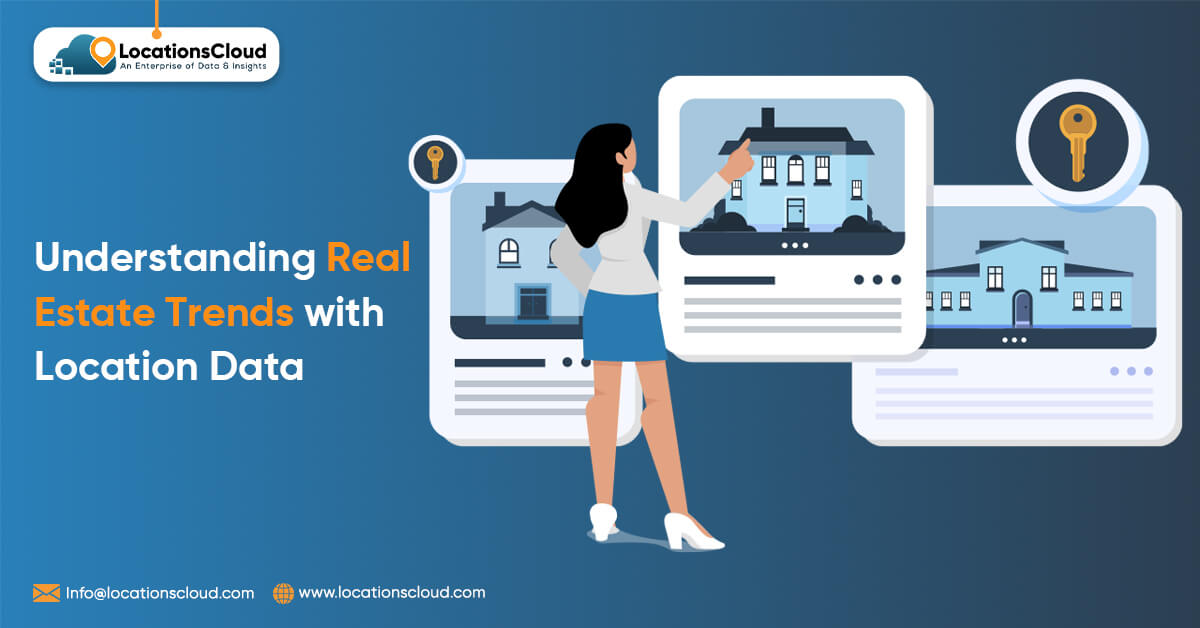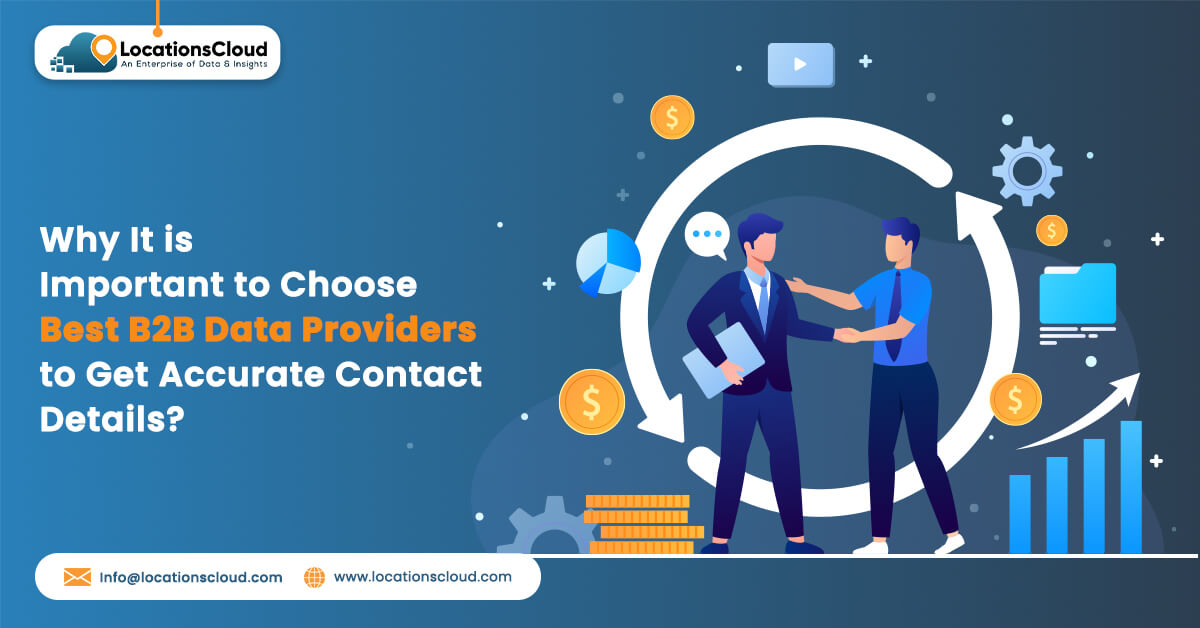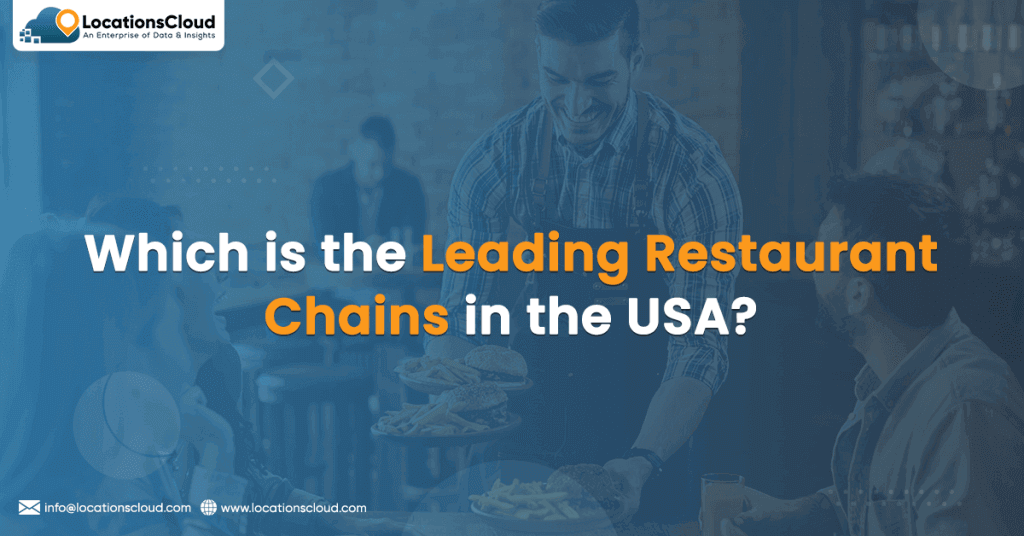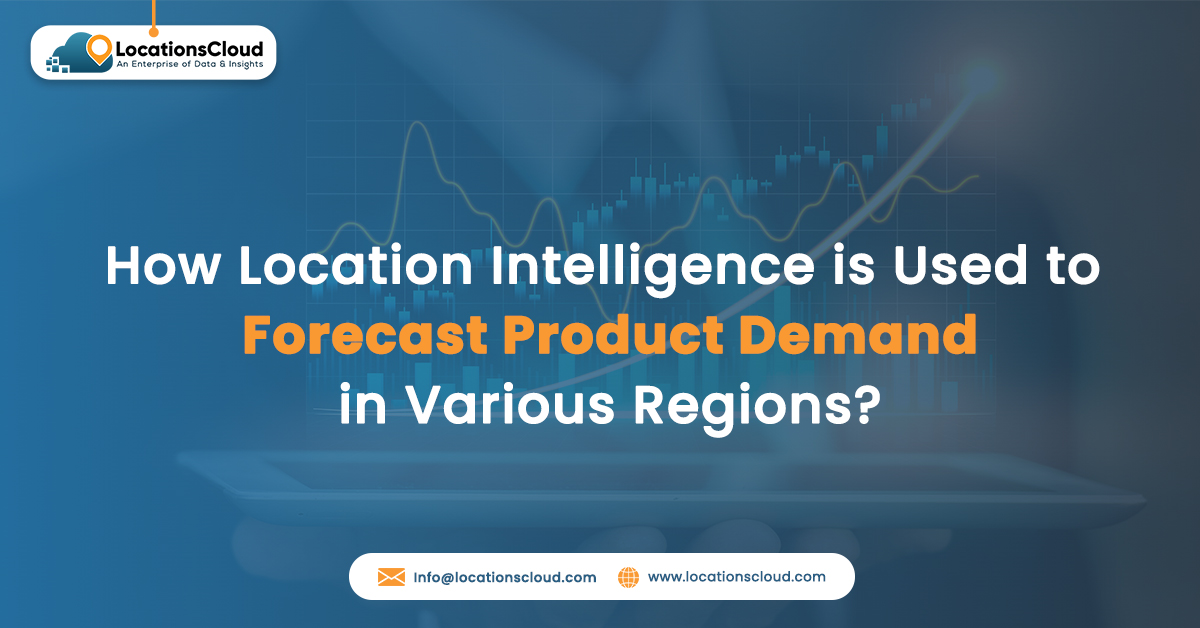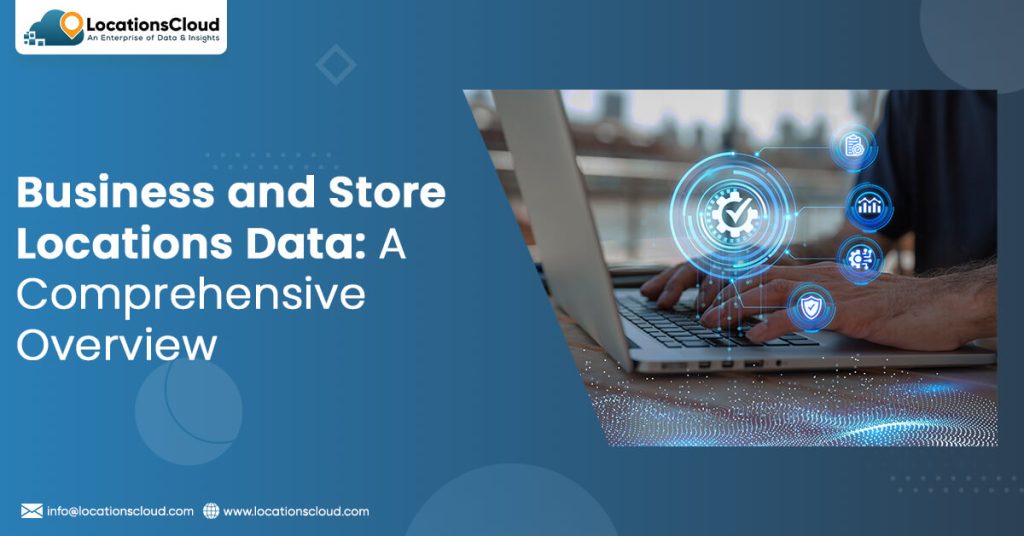
A business needs to know the street address of its customers. But that’s not enough. But after processing an address and turning it into a digital file, it can show a lot of information, such as customer demographics, the best places for businesses to be, and more. Getting store location data is a must to get such useful information.
Businesses of all sizes and types can use location data, but the key is to know where to get the data for research. Data collection is possible manually or automatically. Manual data gathering takes time and effort and can use up an enterprise’s resources. In this situation, store location information based on geospatial setup becomes important.
What is Store Location Data?
In simple terms, company and store location data is a type of “point of interest” data, which includes metrics and information about buildings, such as non-residential, and other places that people may visit. At its most basic, store location data also includes information about its position worldwide.
First of all, retail store location data generally includes:
-
- Things like the store’s hours of operation.
-
- The types of products and brands it sells.
-
- The services it offers.
-
- The average prices of similar businesses in the area.
For example, shops that sell food, like cafes and restaurants, may have a lot of information about the kinds of food they sell, how much they cost, etc.
Knowing where stores, retailers, and other businesses are located greatly changes. As a business changes its prices, inventory, or hours of operation, its location info may also vary. In the same way, shops close and move, which makes geospatial data even more unreliable. So, the main point is that store location data gathering is an ongoing and constantly changing process. As a result, businesses have to keep up with it. Doing such a complicated process by hand is impossible, so technology takes the lead.
What Are the Store Location Data Types?
Different kinds of location data show the different kinds of information that can be retrieved.
1. Point of Interest (POI)
This is the general location and description of buildings and other features that are not homes. A moment of interest helps analyze a retail trade area. Choosing a spot based on who might be a competitor is also useful.
2. Mobility
The second type of shop location data is how people move around a store and other points of interest (POIs). They tell a business where to choose a location, what to sell, and where to put ads.
3. Property
This is the polygon modeling of a building’s shape and size, including units within the business. The store location data can be used to find out how many people go into a shop. It is also useful to figure out how much of a risk it is for insurance.
4. Demographics
Demographics is the study of people into groups. This is based on their age, gender, money, lifestyle, and other factors. Businesses can use demographic store location data strategically. They can get a general idea of the kinds of people who shop at the store.
5. Address
This is the place given by geographic coordinates or postal information. It helps customers find businesses that are useful to them based on street data and where they are.
6. Environment
This type of location store data store information about the area’s weather and natural events. It is useful to choose a place. You can figure out how likely it is t by things like fires, storms, floods, earthquakes, etc.
7. Imagery
Imagery is using photographs to show what a place looks like. Imagery-based location data can help people in the area find your shop and vice versa.
All You Should Know About Location Data Infrastructure
Now that we’ve discussed store location data and how it works, let’s look at how it works.
First, location data infrastructure is vital for any business that wants to use location data to its full potential. Location data infrastructure comprises hardware, software, and network components. This makes collecting, storing, analyzing, and understanding data easier. The data is about physical locations, customers, employees, goods, services, etc.
Thanks to the infrastructure, businesses can learn much about their customers’ habits, tastes, and movements. Aside from that, businesses can use the info to improve their operations, products, and services. Location data infrastructure is made up of three main parts:
-
- Geospatial Data – This is data about the physical world, like roads, addresses, places of interest, and more. Most of the time, the information is gathered and kept in a Geographic Information System.
-
- Location Analytics Software: Location Analytics Software lets businesses look at location data and learn much from it.
-
- Location-based Services – Location-based services give businesses real-time access to location data from mobile devices and other sources.
-
- Location-aware Applications – These apps use location information to give users a more personalized experience.
-
- Location-based Marketing – Location-based marketing is a type of marketing that uses information about where a store is. As a result, this helps to send relevant messages and offers to customers.
-
- Location Intelligence Platforms – These allow businesses to gather, analyze, and use location data from start to finish.
Advantages of Using Store Location Data
Some crucial benefits of store location info are:
-
- Comprehensive Trade Area Analysis – By looking at the shops already in an area, you can get an idea of what kinds of businesses are doing well or could do well there.
-
- Improvement in Site Selection and De-selection – Your store and ads are the best places to catch people’s attention. Moreover, you’re staying away from places with too much competition.
-
- People Settle Close to the Things They Need – You can find real estate possibilities by looking at store location data. So, people can settle down where they can easily get the needed services.
-
- Build Customer Demographic Profiles – This helps you determine your target customers, how they live, etc. So you can make the necessary changes to how your business works.
-
- Invigilate Insurance Liability – A business can also use store location data to check where the store is. They can find out how many people go there and how likely it is to get damaged. Moreover, they can determine if there is an accident and how much insurance they will need to cover.
Where Store Location Data Is Obtained?
It takes work to get shop location information by hand or with others. When done by hand, a study is a long and never-ending process. Also, keeping track of the constant changes takes time. So, instead of doing everything by hand, buying data from reputable companies dealing with location and spatial data is better. Purchasing data lets you determine what’s essential, and the seller does most of the work.
Conclusion
So, that’s a quick look at store location info, what it can do for businesses, and how they can use it. Buying location info from reliable sources can do wonders for your business’s reputation, profits, and decision-making ability.
